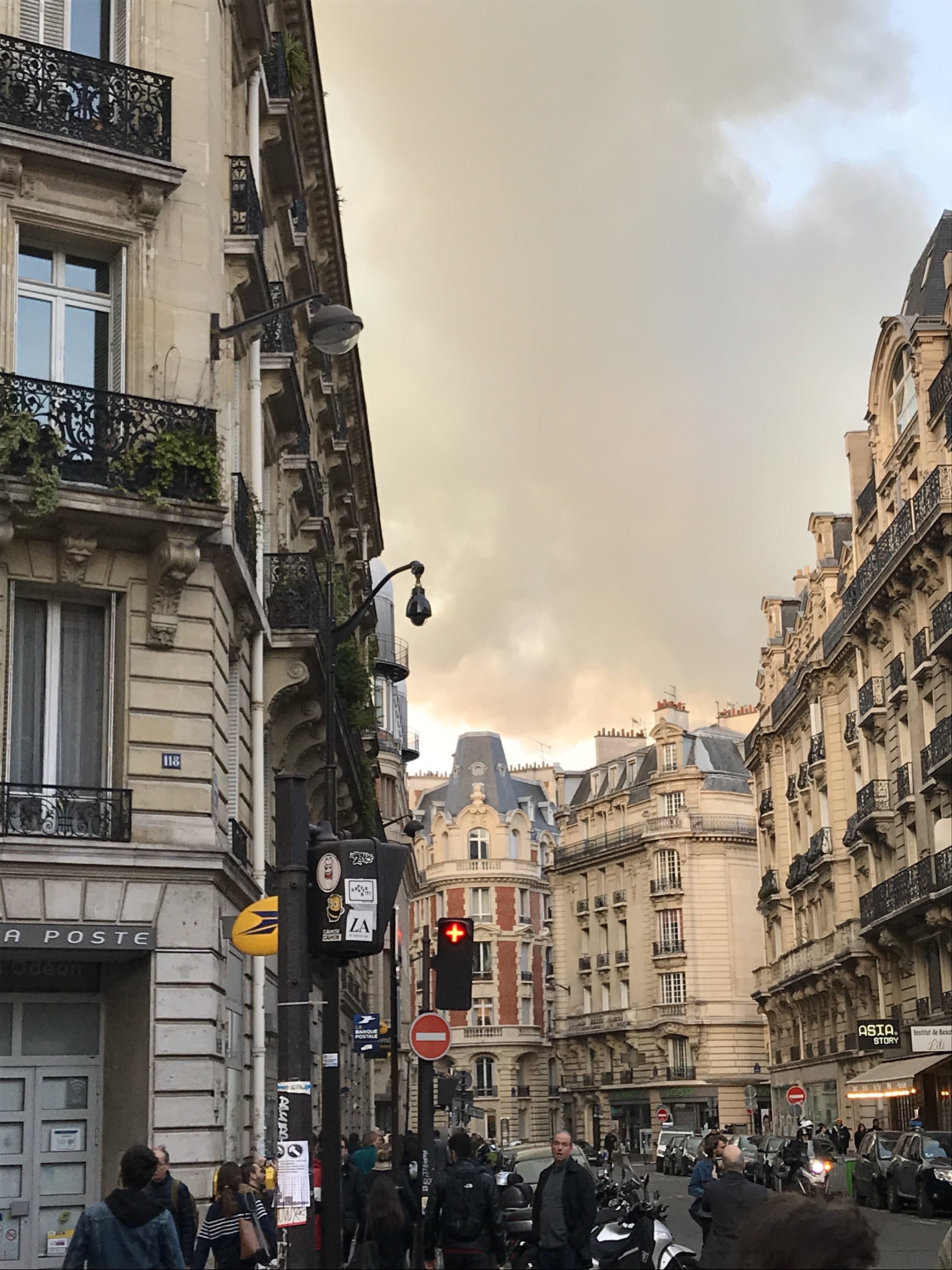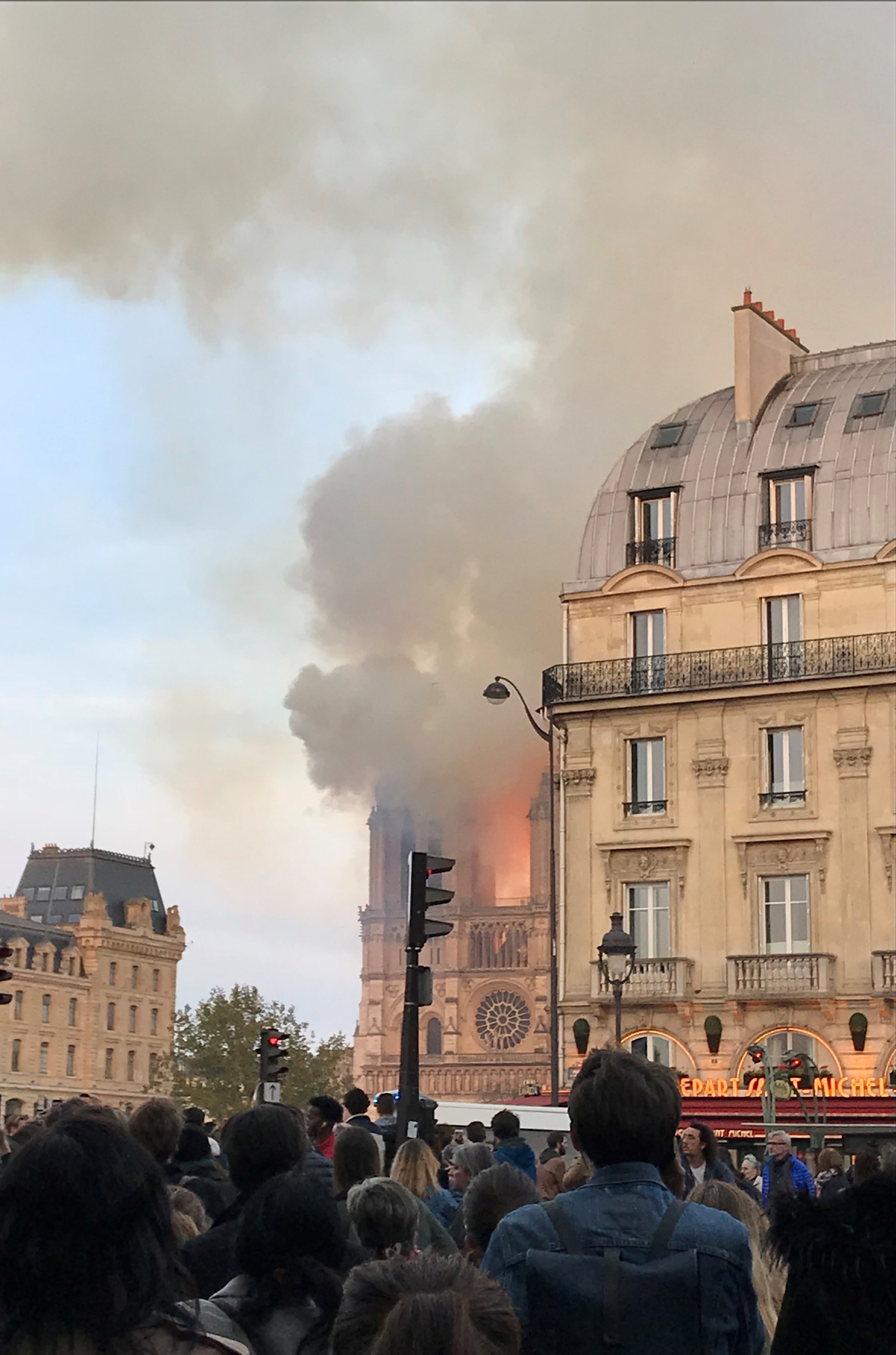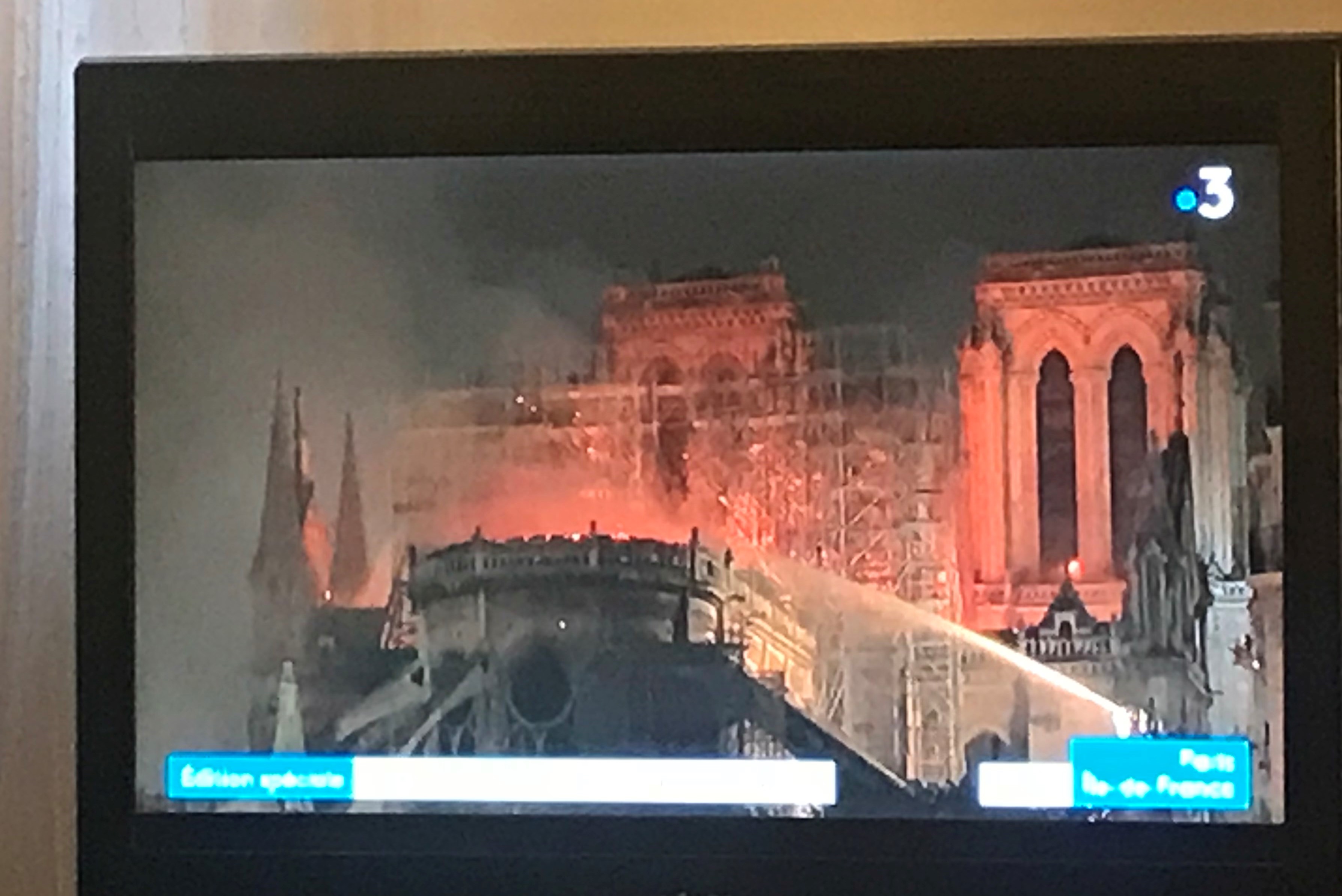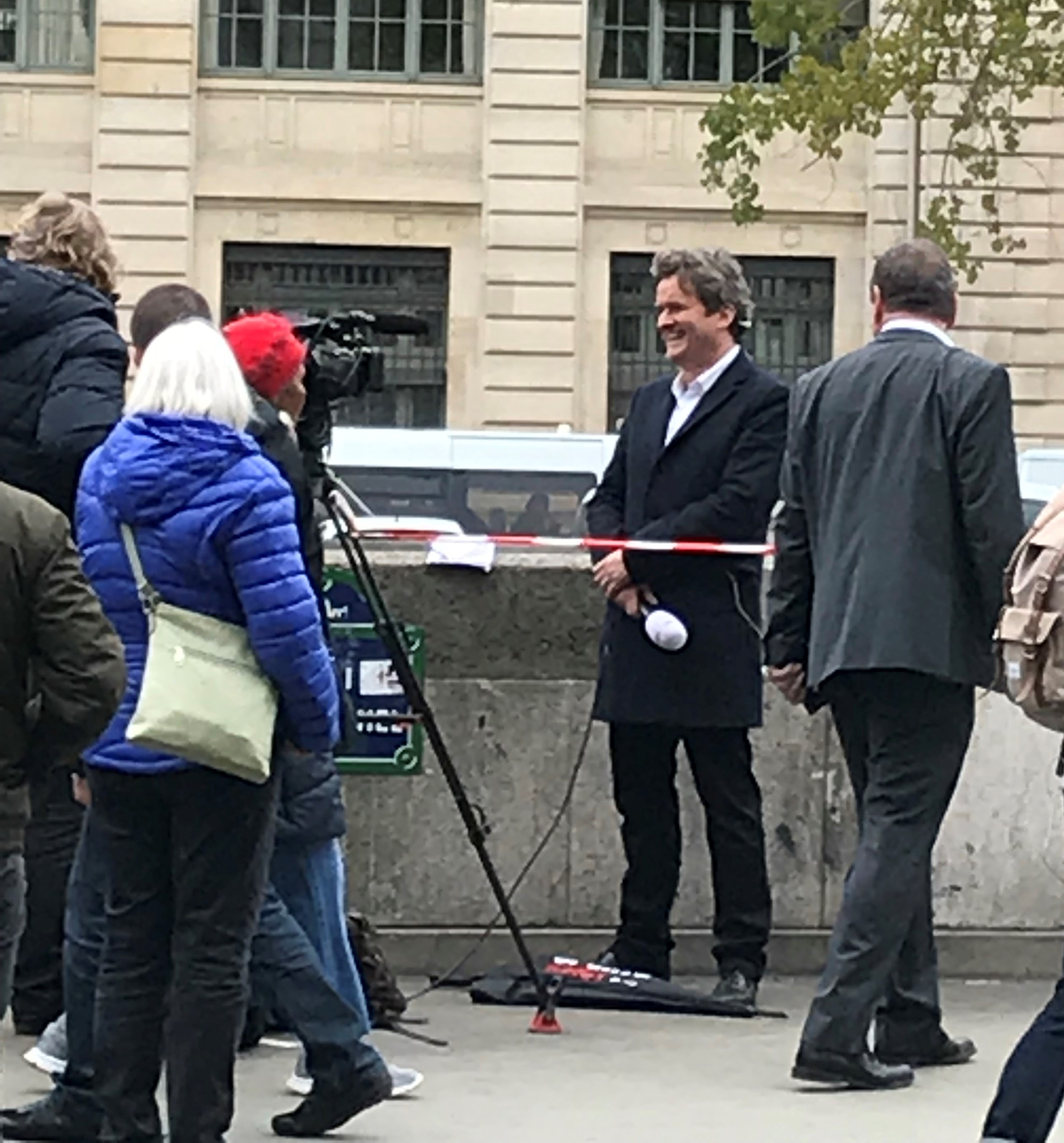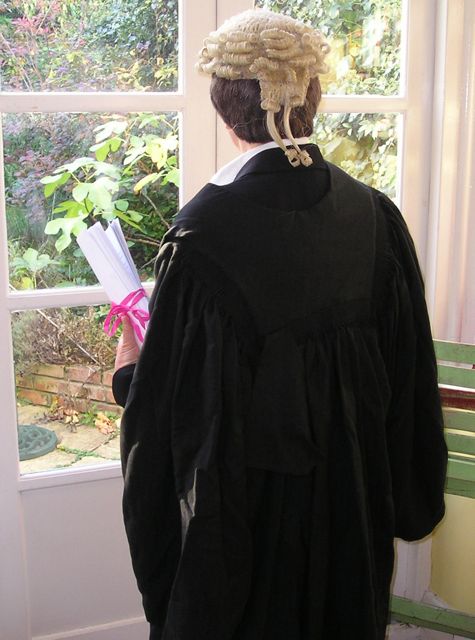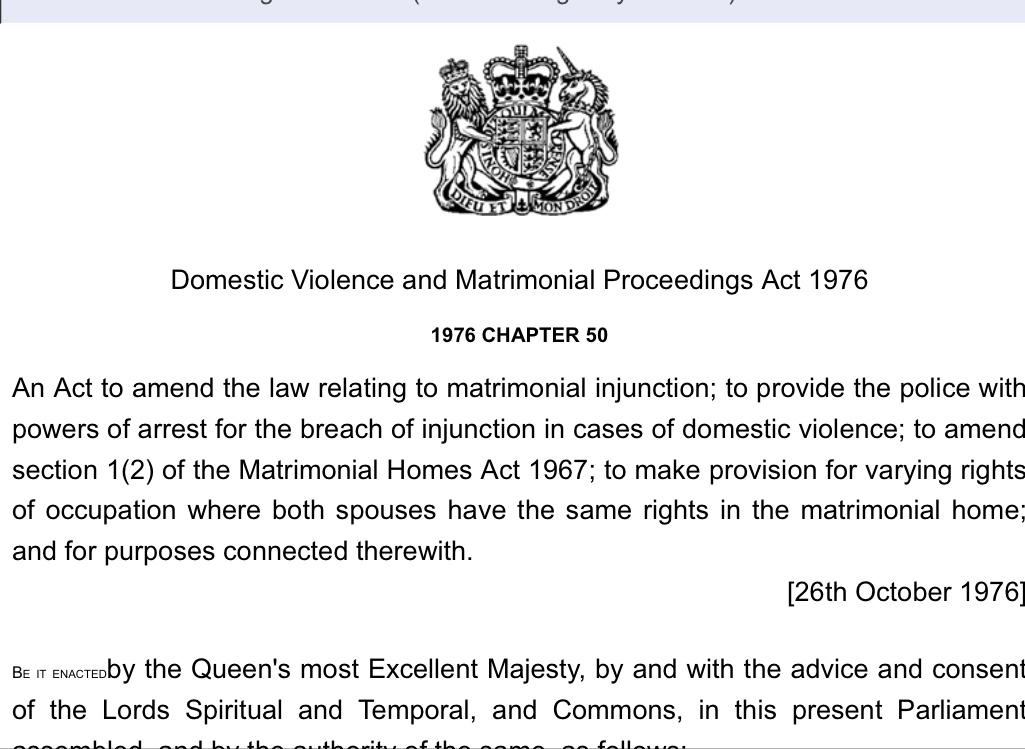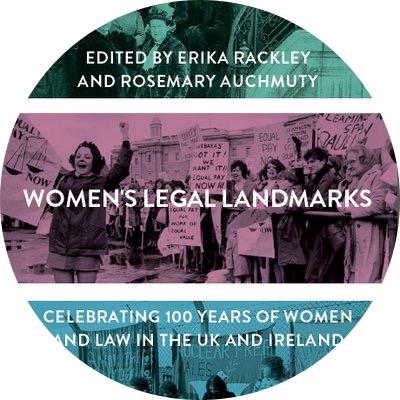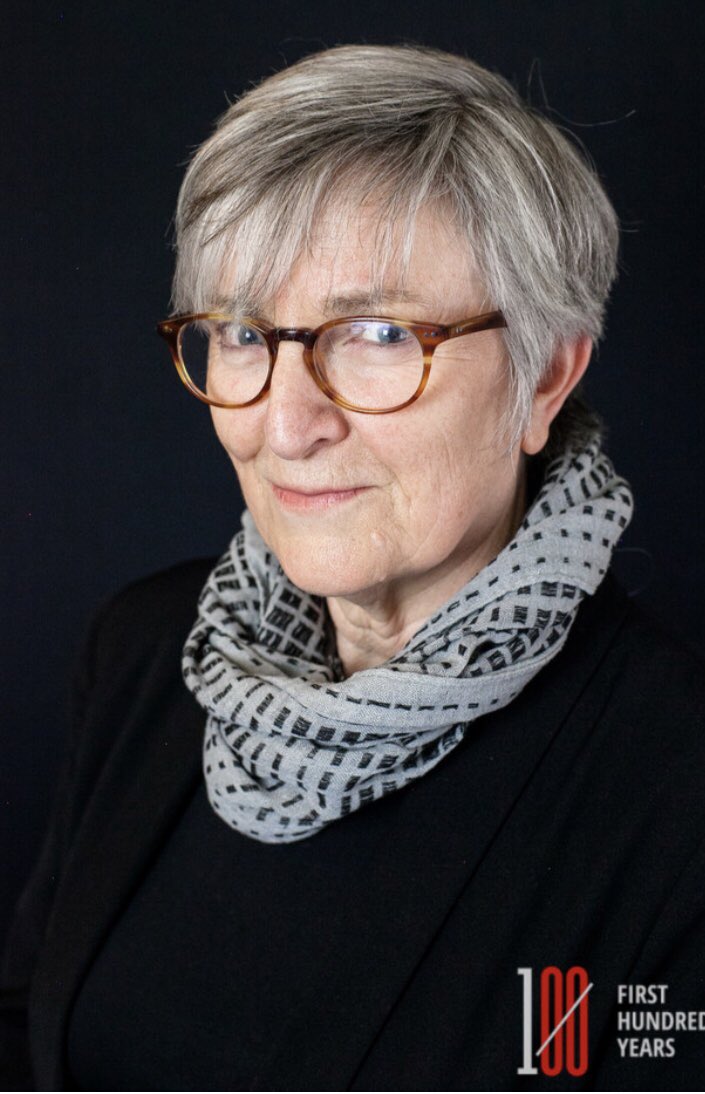 We were in Paris, having supper at Le Vieux Colombier. C was flicking through her phone. Suddenly she said, ‘My god, Notre Dame’s on fire.’ We were surprised, but thought little of it, there was a fire in Saint Sulpice recently which came and went with little comment. I could see a sort of pale coffee coloured cloud drifting through the sky, but it wasn’t till we left the restaurant and began walking towards the river that we realised it was smoke from the fire. Photos of the fire were appearing on Twitter. A man passed us as we stopped by St Germain market to look at the sky. ‘Notre Dame,’ he said. He was an American tourist and he showed us a photo of the fire that he’d taken on his camera.
We were in Paris, having supper at Le Vieux Colombier. C was flicking through her phone. Suddenly she said, ‘My god, Notre Dame’s on fire.’ We were surprised, but thought little of it, there was a fire in Saint Sulpice recently which came and went with little comment. I could see a sort of pale coffee coloured cloud drifting through the sky, but it wasn’t till we left the restaurant and began walking towards the river that we realised it was smoke from the fire. Photos of the fire were appearing on Twitter. A man passed us as we stopped by St Germain market to look at the sky. ‘Notre Dame,’ he said. He was an American tourist and he showed us a photo of the fire that he’d taken on his camera.
As we walked along Boulevard Saint Germain everyone seemed to be walking in one direction, towards Notre Dame – some people were running. Closer to Saint Michel the sky was full of smoke and the smell of burning was in the air.
Sirens were wailing and police cars and vans manoeuvred their way through the traffic, their blue lights flashing.
When we got to St Michel at the busy intersection with the Metro station and the bridge across the Seine, there were hundreds of people all over the road, there was no question of traffic moving. People were mostly silent staring along the river – people in despair, hands at their mouths, distressed, watching in silence they were all over the road – it’s a busy intersection. It seemed that everyone had their mobile phones in the air (me included) taking photos. All we could see at first was smoke behind Le Depart – a friendly restaurant we often go to – but we moved through the crowd, closer to the river and then we could see it – glowing red, as if reflecting the setting sun.
Occasionally the flames flared higher. Cars were hooting, police whistles blowing, and still the sirens.
We decided we were not useful there and came back to the flat. On the TV there was nothing but Notre Dame. Macron who had intended to speak to the nation about austerity cancelled his speech. Rich people said they would donate millions of Euros towards rebuilding the church.
The next morning we walked back to Notre Dame. We got much closer. The area was swarming with media vans and cameras on tripods and people speaking into them, carefully coiffed but importantly concerned (mostly).
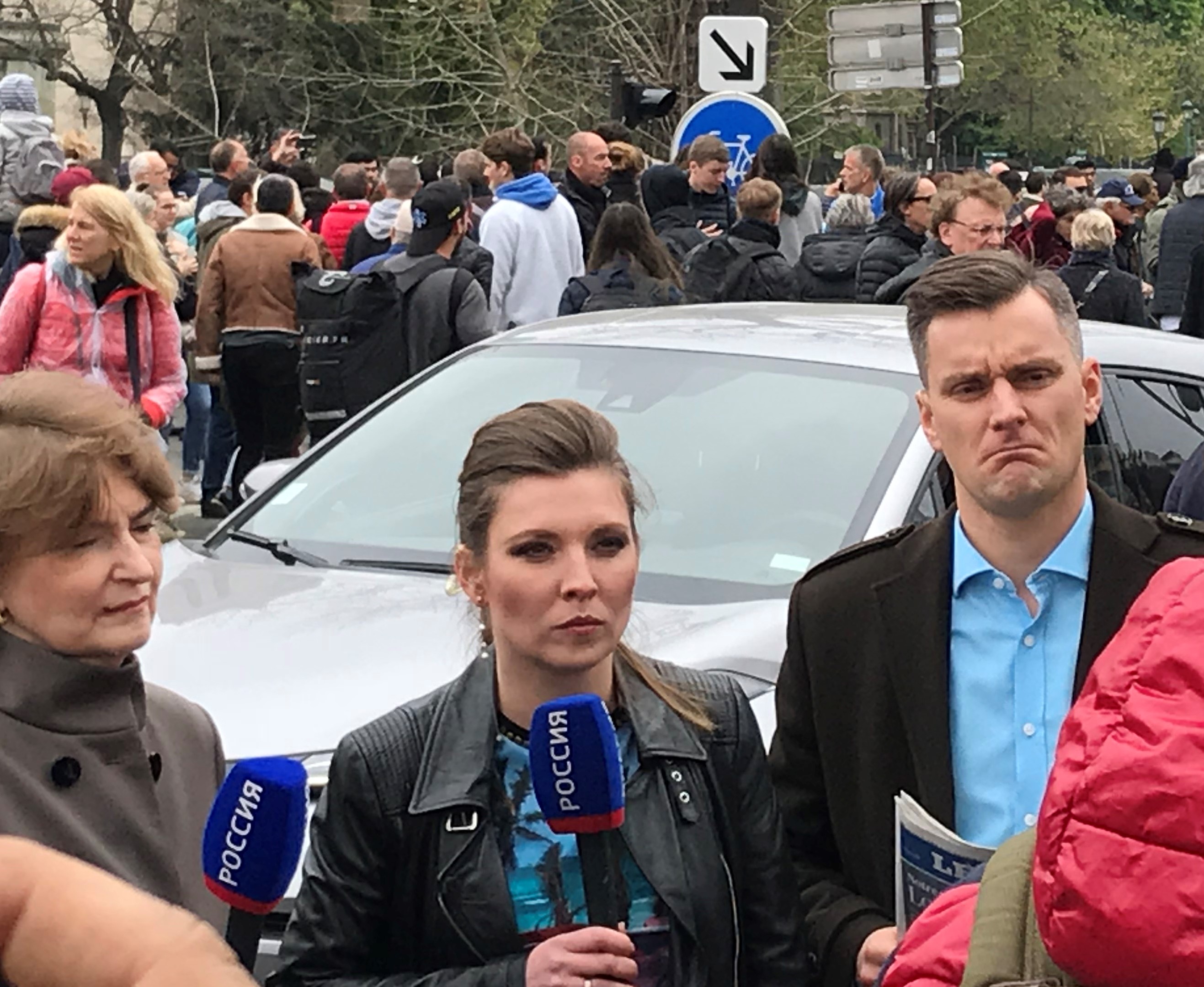 The ruin/remains had become the tourist attraction itself.
The ruin/remains had become the tourist attraction itself.
We decided to visit Berkeley Books – an English language second-hand bookshop near Odeon, run by an American woman from Chicago. Recently someone smashed one of the shop’s windows so a friend of hers created a stained-glass panel (using some of the shards from the broken pane) and today it was being fitted. We went and celebrated something new and beautiful in the sadness of the city.

